We have known for a long time that low-income families are powerful political actors regardless of election cycles.
That’s why since 2012, Marguerite Casey Foundation (MCF) has invested more than $15 million in integrated voter engagement (IVE) across the country, including $5 million over the next year in 50 community organizations.
Civic engagement is one way that low-income families gain power – an integral strategy for building a movement led by communities.
It is easy to think civic engagement is simply casting a ballot. It is also easy to offer opinions instead of constructive actions.
But democracy relies on robust participation by everyone, regardless of income or political party.
When people can put aside their differences and come together to support progress and solutions, they can create positive change, particularly for families, children and communities.
Philanthropy has supported democratic engagement for generations. But imagine if philanthropy expanded its investment.
With support from philanthropy, nonprofits and neighbors, families around the country could increase their civic participation.
They and their communities could gain more power to drive solutions to the challenges of poverty – solutions and challenges they understand better than anyone. And our democracy would be much richer.
This investment in democracy is not partisan. When people can engage with their democracy communities and families can grow stronger, poverty can be alleviated, and the nation can move closer to becoming a just and equitable society.
It’s clear that we need more voter engagement, so how can foundations support IVE work?
1. Provide unrestricted funds well in advance of election cycles.
After our first grant cycle in 2012, grantees told us that the lack of early funding was one of their biggest challenges.
They said foundations typically provide funding for voter engagement in the same year as the election, and sometimes only weeks before.
Grantees are left scrambling to attract volunteers and strategize, unable to experiment with tactics or secure the staff needed to canvass at full capacity.
This approach essentially requires grantees to shift the electorate with one hand tied behind their backs.
MCF’s approach is to ask grantees what they need, listen and then act. This process changed our grantmaking timing, and we now get funds to grantees a year before elections.
We also provide general operating support because we believe grantees know best how to allocate funds between voter education, mobilization, registration and protection.
2. Fund cornerstone organizations already anchored in communities.
Educating and mobilizing voters is easiest for organizations that are already there – organizations that have already done the hard work of building relationships and training leaders in communities.
Integrated voter engagement builds power for individuals between elections by ensuring people recognize that their personal agency in democracy extends beyond their vote.
In contrast, traditional get-out-the-vote (GOTV) programs during election years leave no voter engagement infrastructure behind and often appear to be little more than mass-communication efforts.
After votes are cast and counted, GOTV organizations move to the next fight and community.
Integrated voter engagement programs connect voters to issue-based organizing, build power and sustain impact year-round and over multiple election cycles.
3. Successful voter engagement requires wins that are real for low-income families.
Encouraging voting is difficult when working with people who are worried about having enough food for their family, eviction, immigration raids or incarceration.
Our grantees approach this challenge by making Election Day relevant to those who live in these states of emergency.
At the same time, our grantees engage families in advocacy to fix the systems undergirding these states.
As staff at the People’s Action Institute put it: “When issue campaigns are inextricably linked to voter engagement, each strengthens the other.”
We fund organizations engaged in deep canvassing that train leaders within communities, such as Florida Immigrant Coalition and New Florida Majority Education Fund.
Many of our grantees support each other in campaigns: Florida Immigrant Coalition and New Florida Majority Education Fund supported the work of Florida Rights Restoration Coalition, another grantee, in an effort to restore voting rights to 1.4 million Floridians.
4. It’s not enough to fund voter registration and voter mobilization.
Native Voice Network, a network of more than 40 Native-American organizations, partnered with other Native groups in 2018 to organize a campaign in North Dakota.
Together, they encouraged Native voters to get new tribal identifications in response to voter suppression attempts (one of many structural barriers voters of color face).
Through voter engagement, grantees are fighting against voter suppression, voter intimidation and precinct challenges across the country.
Disenfranchisement laws and restrictive voter ID laws have kept millions of Americans from voting.
Research shows voters of color are 6 times more likely than whites to wait longer than an hour to vote.
Additionally, voters of color are significantly more likely to report experiencing racial discrimination when trying to vote or engage in political advocacy, with Black voters reporting the highest rates of discrimination.
Integrated voter engagement falls short if it does not fully engage a community’s full range of constituents regardless of voter registration status, citizenship status, language of origin, age, race or ability.
5. Together, grassroots groups can change the narrative.
An election year can provide organizations with a megaphone for testing messages for low-income communities.
By combining forces and utilizing networks, organizations aggregate their knowledge of what messages will – and won’t – move their communities to vote in large numbers.
In 2018 the Fair Economy Illinois Table (FEI) found that many potential voters felt powerless and hopeless about creating change in their state, which was struggling to pass a budget.
That sense of futility led FEI to conduct a teach-in to dispel myths and mobilize people to act.
Communication is key to grantees’ ability to change policy, turning complicated ballot measures into unifying calls to action.
By facilitating narrative change and shifting discourse both nationally and within local communities, organizations can reclaim the conversation and replace divisive, racist themes with positive and unifying messages.
Foundation-funded Equal Voice networks have worked together to develop shared messaging across platforms, ensuring that their voices are unified and elevated.
Moving Forward
Marguerite Casey Foundation remains committed to non-partisan IVE. In November, we made grants to 50 organizations that will educate communities about issues and engage them in solutions.
With the foundation’s support, grantees are reaching millions of voters and training thousands of leaders in voter-engagement practices.
Cornerstone organizations need more funding to engage communities and families often neglected by typical civic engagement.
Funding for nonpartisan voter engagement is limited and often funneled to large organizations that prioritize research or litigation.
The benefits of providing IVE grants to grassroots organizations are clear: Investing in these groups builds community power, connection and ultimately a movement of low-income families.
Luz Vega-Marquis is president and CEO of Marguerite Casey Foundation, which received the “Smashing Silos” award for intersectional grantmaking at the 2019 NCRP Impact Awards last month. Follow @LuzVegaMarquis and @caseygrants on Twitter.
Image by Cristinapilataxi. Used under Creative Commons license.








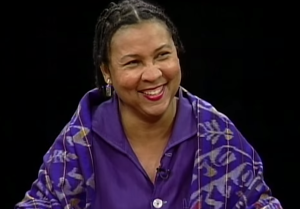
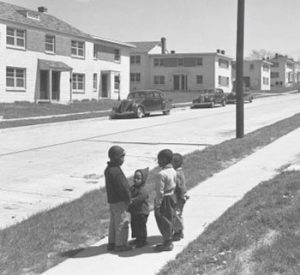
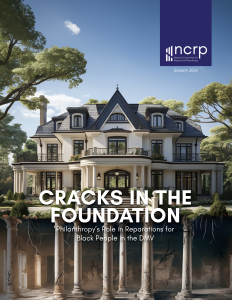



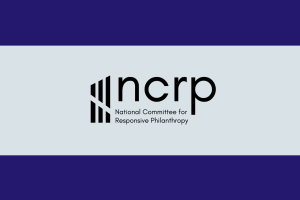
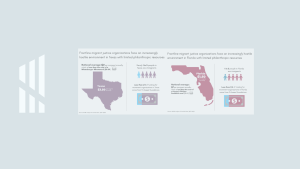






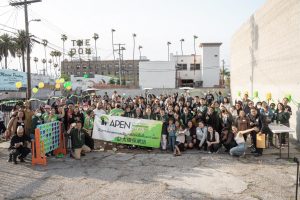


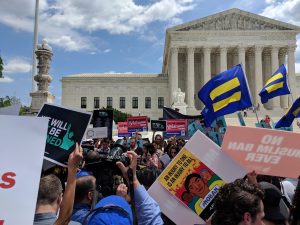
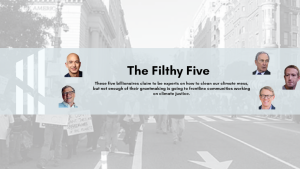
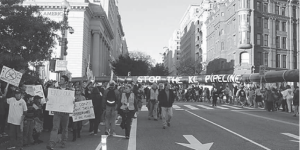


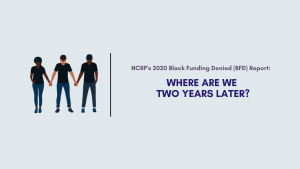


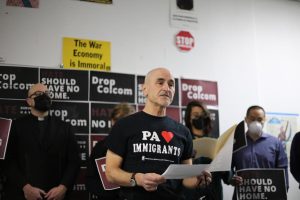
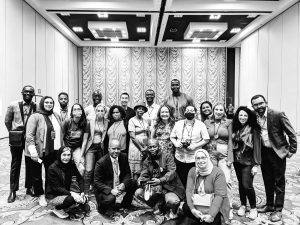

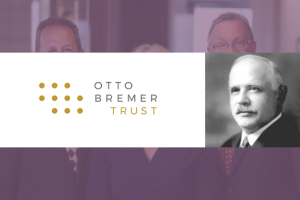




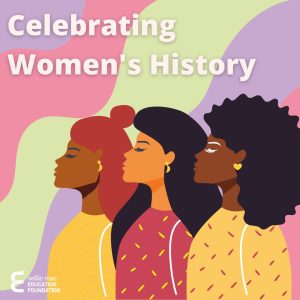


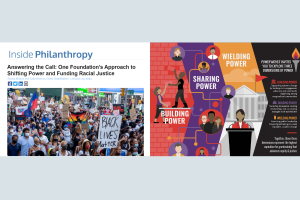

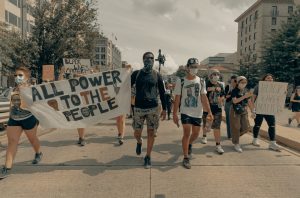

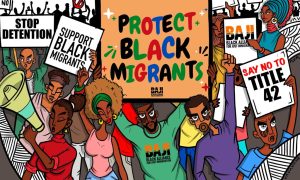






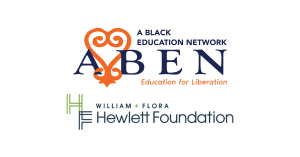











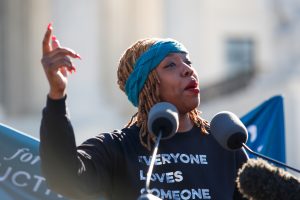
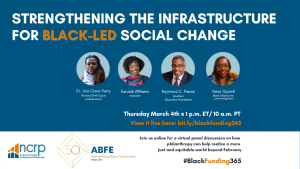


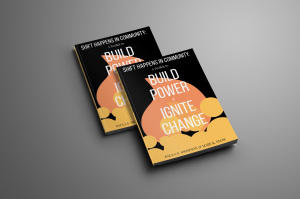




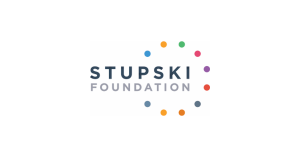
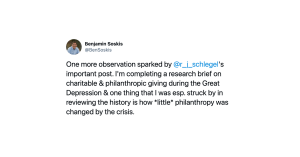

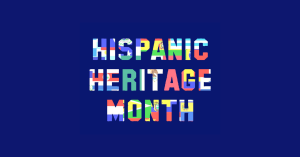
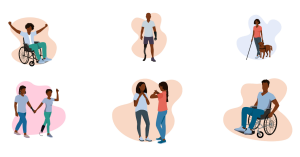

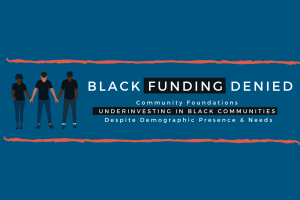

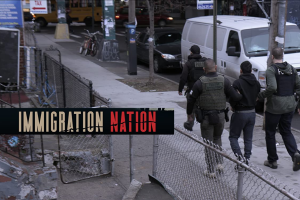
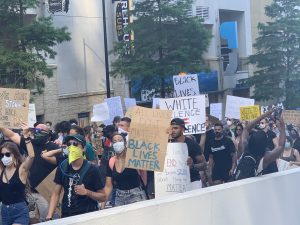


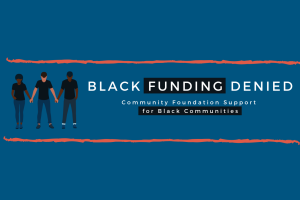

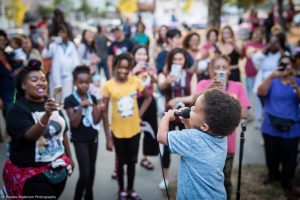









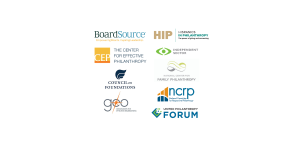
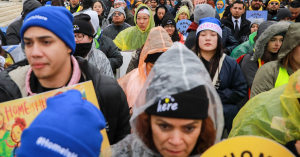
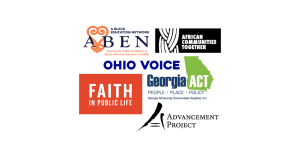













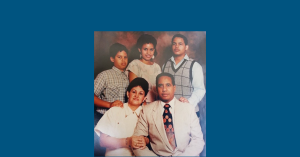







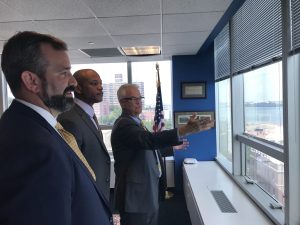

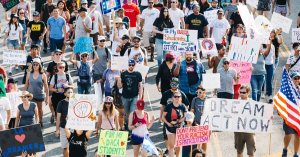






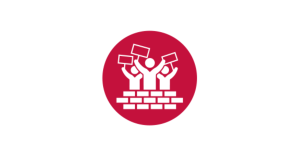
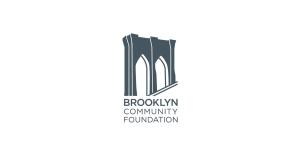





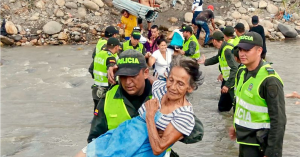


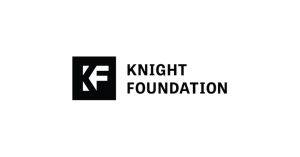









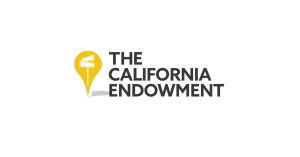

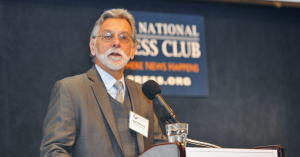

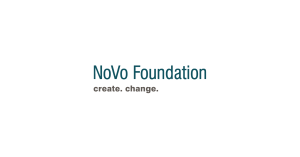

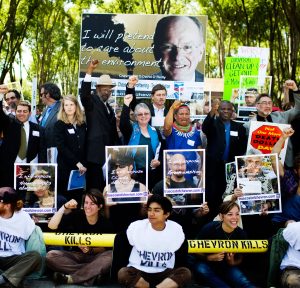








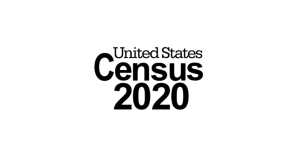




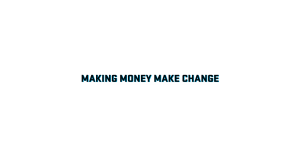




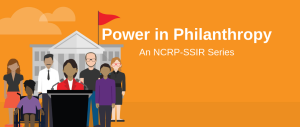




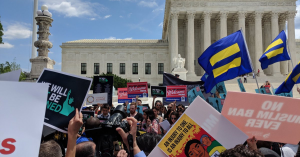






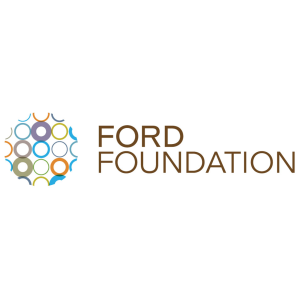


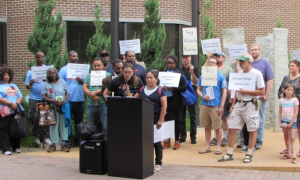
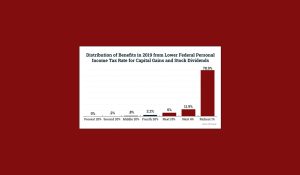


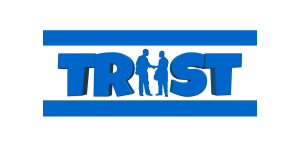
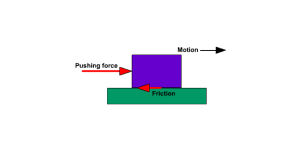





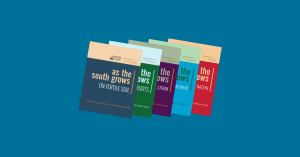


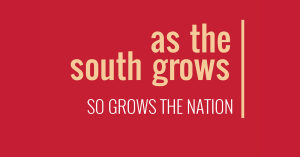




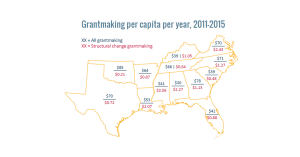
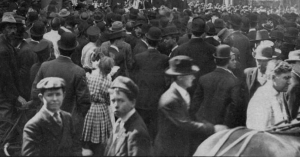






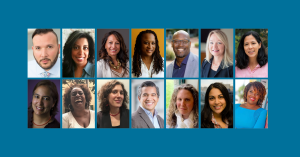







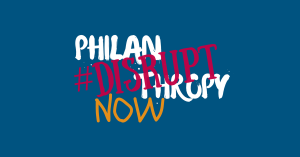
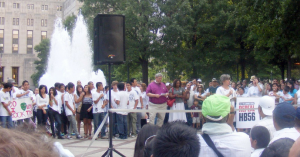

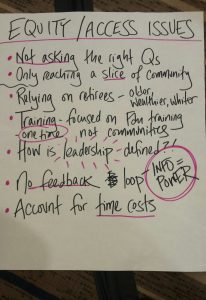




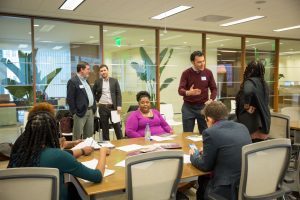

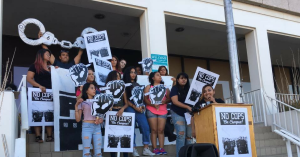














































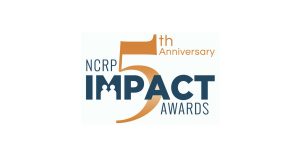


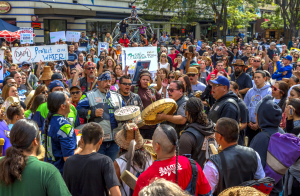



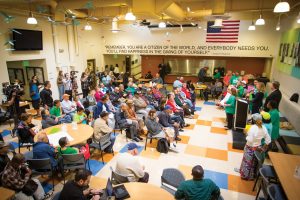








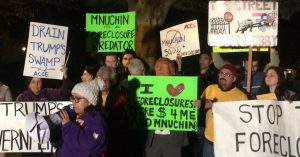









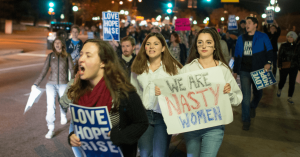



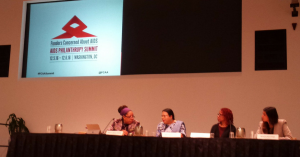






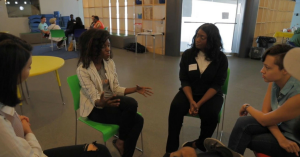








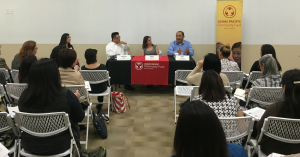


















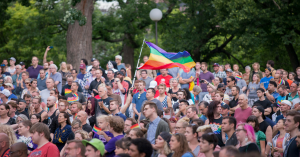







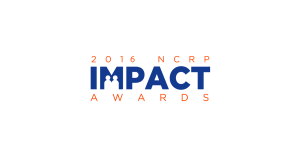
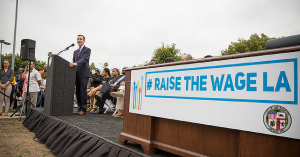

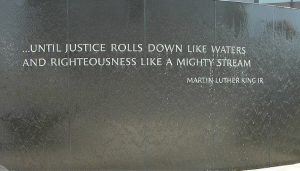
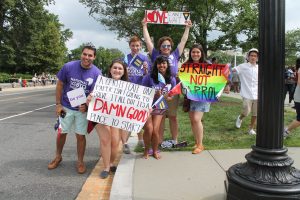
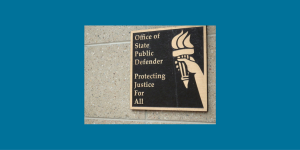
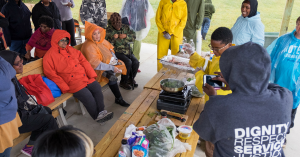
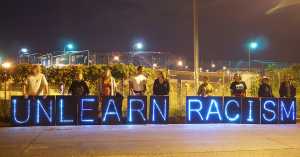




















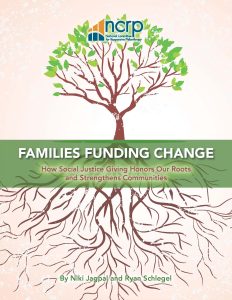


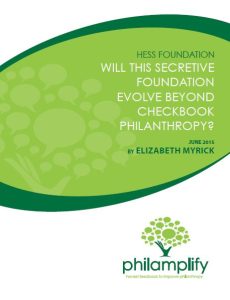

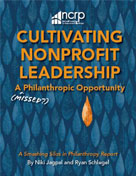


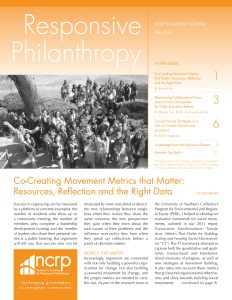
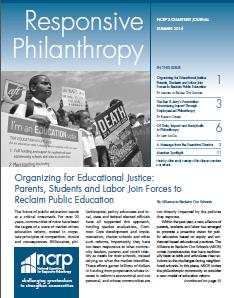


Leave a Reply